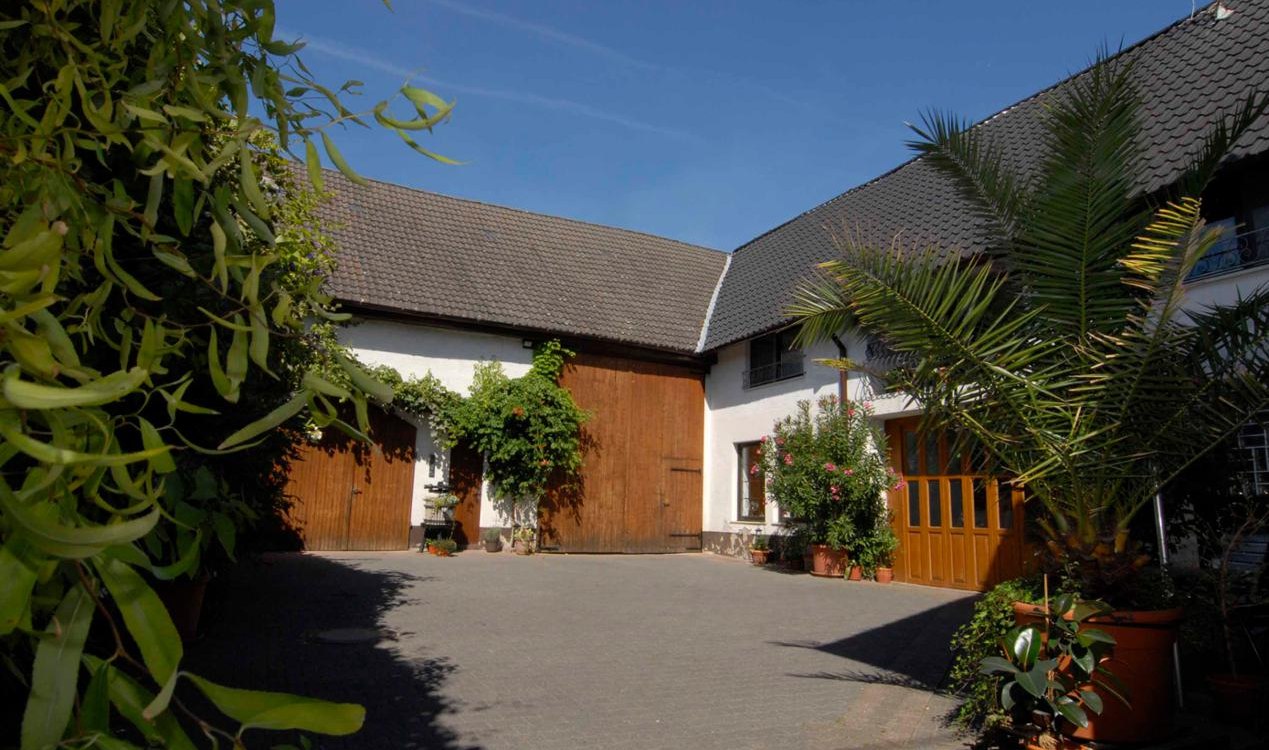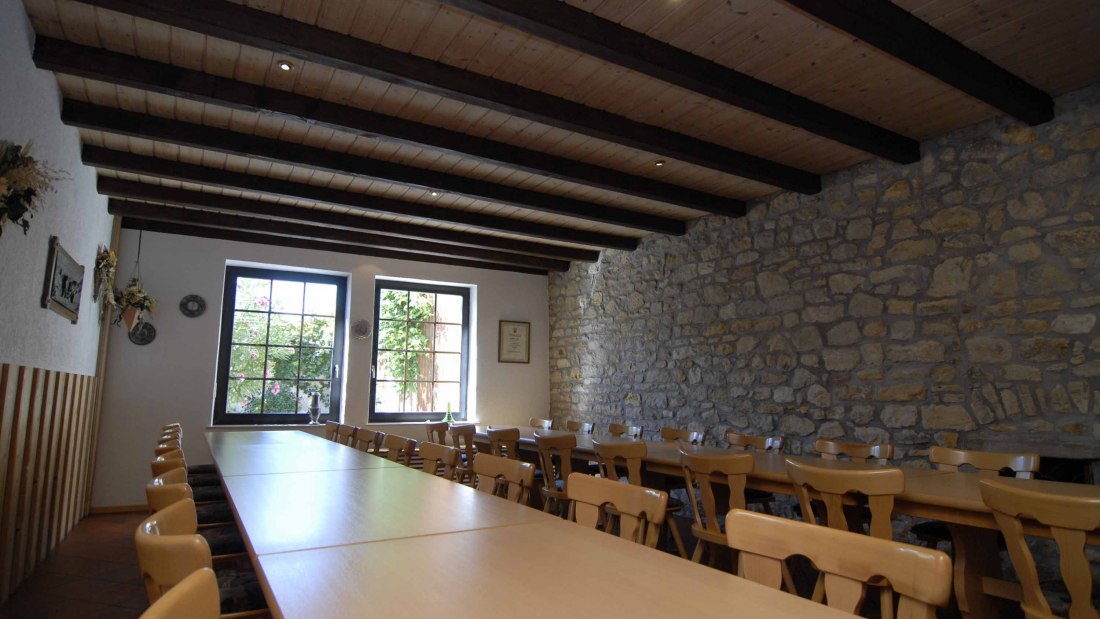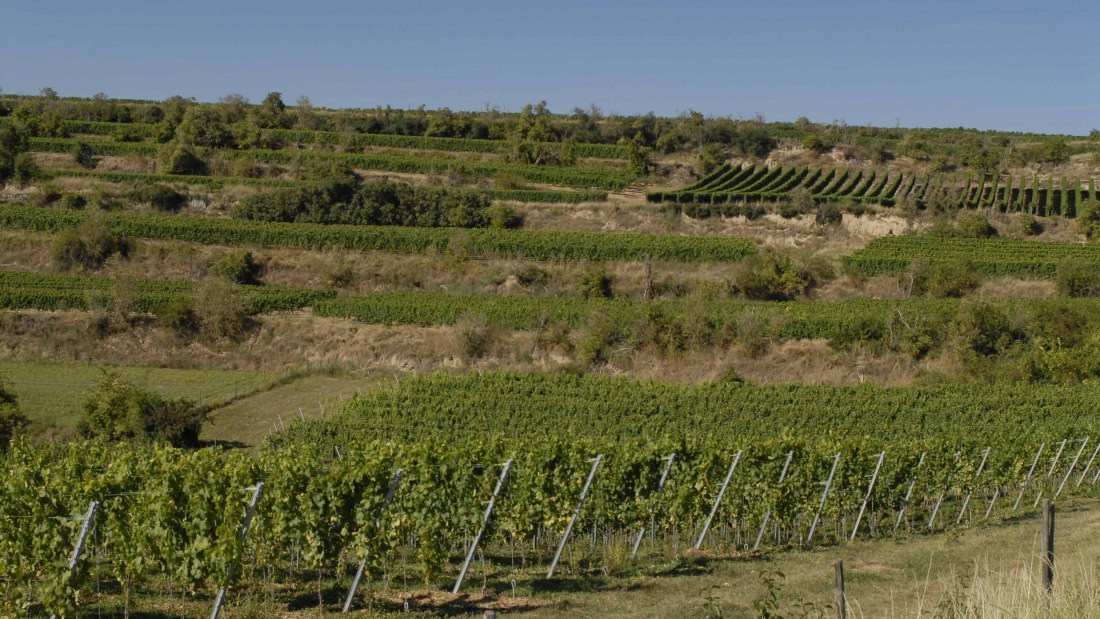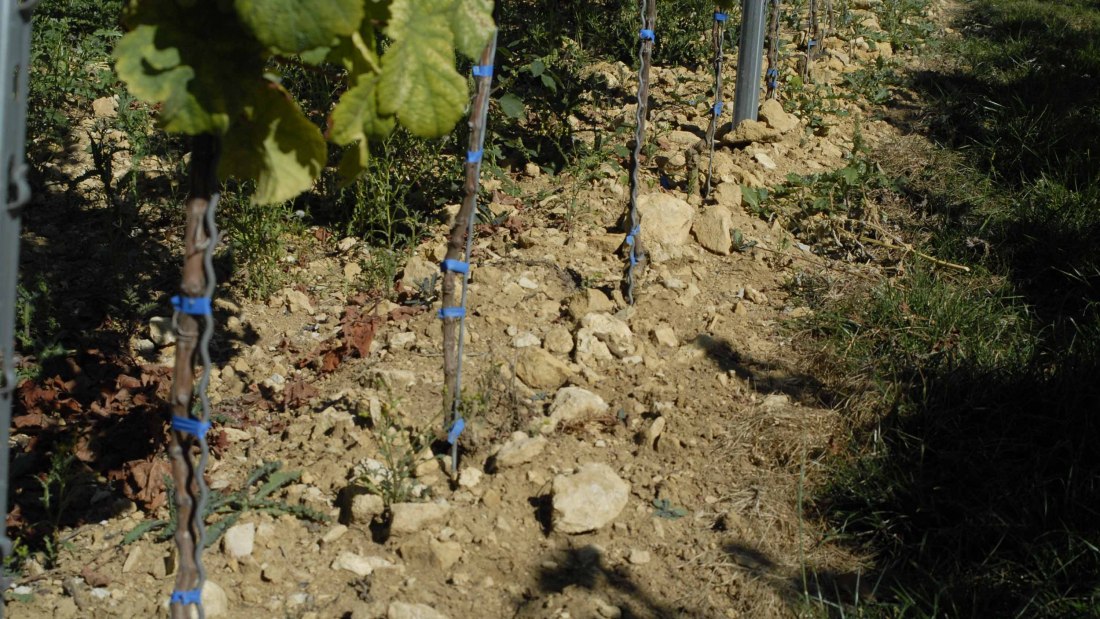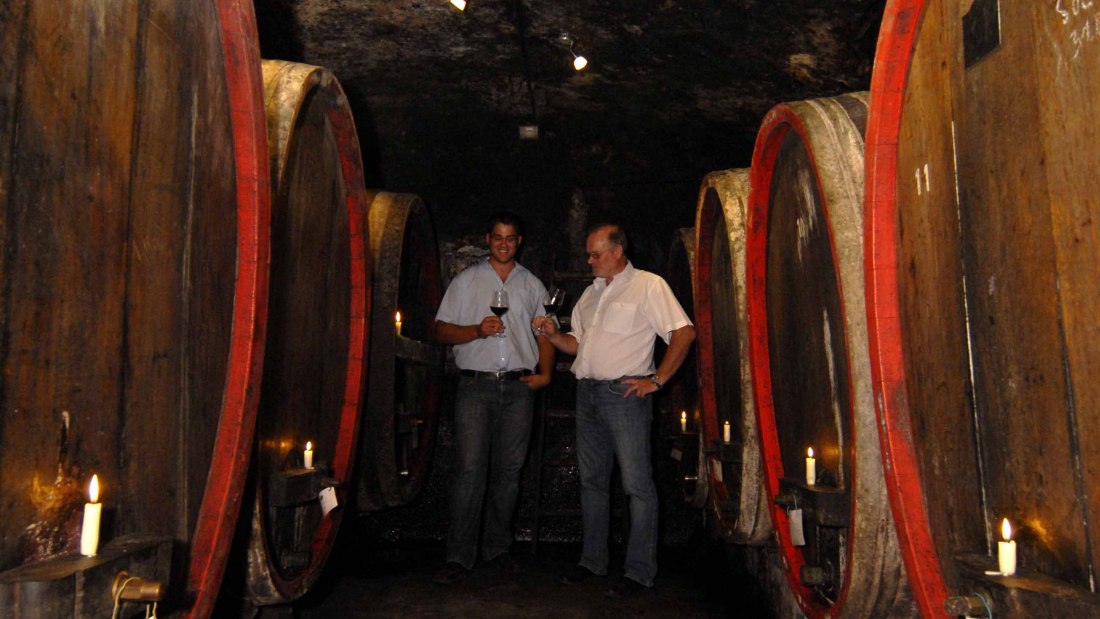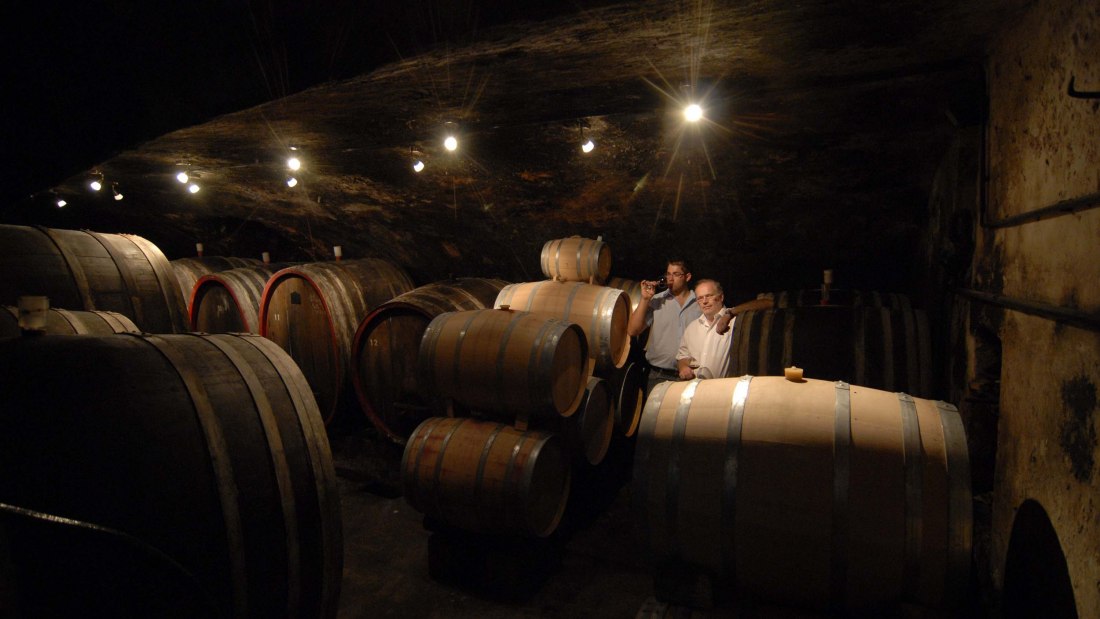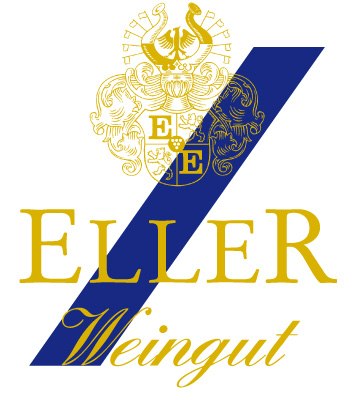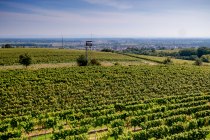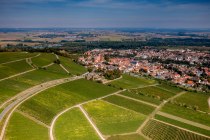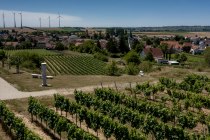Winery Eller
We are a family business from Rheinhessen, where winegrowing has been practiced since 1838. Our wine-growing business is located on the Rhine front with the winery in Dorn-Dürkheim. We cultivate our vineyards along the Rhine from Dorn-Dürkheim via Alsheim, Guntersblum and Oppenheim.
From the obligation to meet the highest standards, our wines are suitable for allergy sufferers who have a histamine intolerance. For this we are only looking for the best white - red & rosé wines from our cellar. We are convinced that you too will find a wine of your taste with us.
Your winery
ELLER
On the estate English and German is spoken.

